October/November 2012
Çay for two
We visit Istanbul, the Black Sea, Anatolia & Cappadocia
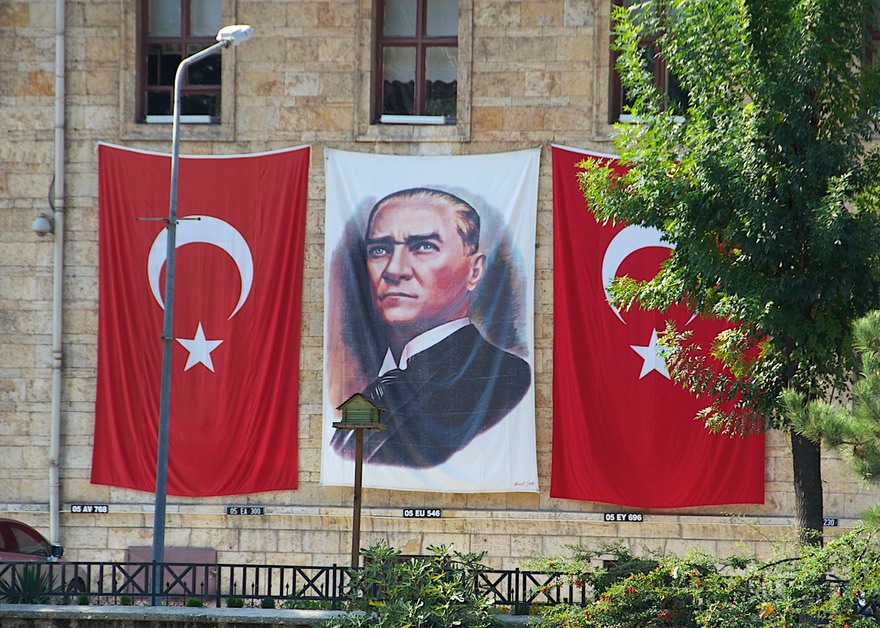
At 9:05 this morning, November 10th, the Turkish world stopped for a moment of respectful silence. It was the 74th anniversary of the death of Mustafa Kemal, known to most of us simply as Attatürk, “the father of modern Turkey”, though in this country, he is all but a saint; a man who’s photo is still seen everywhere. From where we were parked beside a lovely Mediterranean beach, we heard some horns honk, but things seemed pretty much business as usual. We felt this was just a tiny illustration of the complexities we were discovering as we visited various parts of this wonderful and fascinating country.
Turkey is a delightful place to visit and we’re having a great time. It’s a huge country and there are real differences between various geographical areas, and particularly between the large cities and the vast countryside. We’ve now gotten our feet wet in both Istanbul and Ankara, two very different metropolises (metropoli?), seen something of the Black Sea coast, and wandered some parts of the interior, including the well known and well touristed region of Kapadokya (Cappadocia).
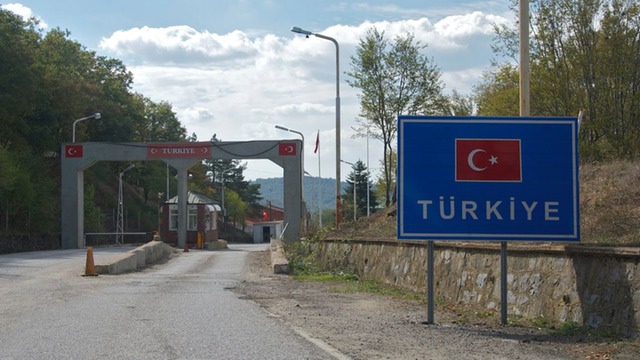
With very cold and stormy weather about to arrive in the mountains that we were enjoying, we decided that losing altitude would be wise so we’ve now dropped down to the Mediterranean Sea, near Tarsus. We intend to travel west from here to where the Med meets the Aegean Sea (yes, yes, I’ll wait while you get out your map) and then turn up along the Aegean coast for the next month or so. Eventually we’ll pop out into Greece to leave the Tiger in Alexandroupolis for a couple of months when we fly home in December.
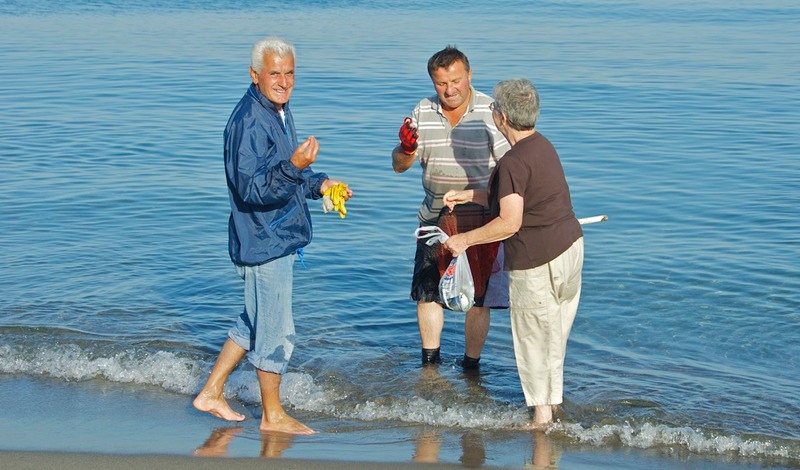
But that’s all much later. For now, I’m remembering when we first crossed the border from Bulgaria into Turkey. It was October 11, and a bright, cool morning. We’d been camped for a couple of days on a bluff overlooking the Black Sea, and were excited about what was ahead. Today, a month later, we’re still just as excited.
The border crossing was quiet; as is our usual M.O., we’d picked a small rural road, dusty and dry, that rose over a hill and dropped down to the building that was our exit from Bulgaria. No problems; and none on the Turkish side, down the road a short ways. New language, undecipherable as usual, but all the usual procedures. Got visas (fortunately we knew in advance that they would only take Euros or US dollars) and moved on. Suddenly the road improved; well, cool!
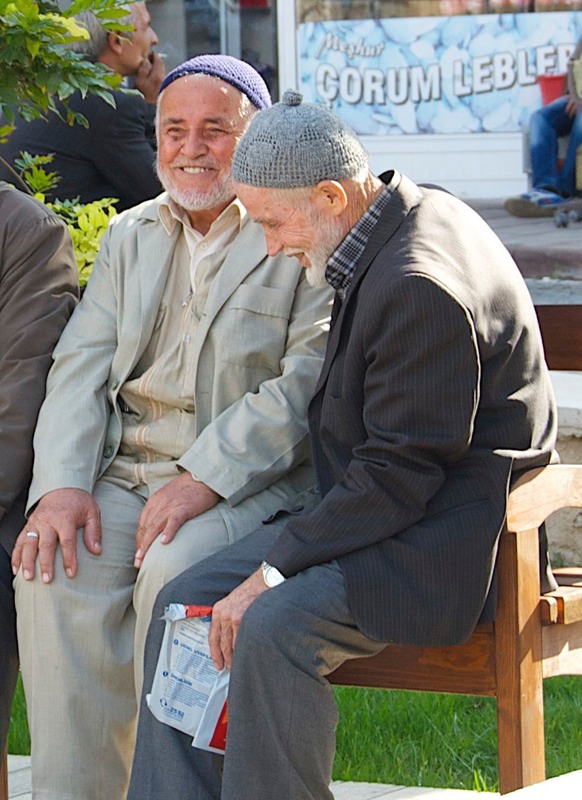
We needed to activate the Turkish internet gizmo we’d been loaned by Mark and Vicki Sherouse (thanks again!), were looking for an ATM, and knew we had to get a toll card for riding on the major highways. First biggish town we came to was Kirklareli, and they had it all, plus our first experiences with the well-known Turkish friendliness and hospitality.
The SIM card was easiest (TurkCell was the name, it wasn’t far from the square where we’d parked, and they had someone who spoke enough English to make it happen for us). We do love those countries where an internet plan is both available and affordable. It means that rather than relying on McDonald’s or other public outlets, we can go on line just about anytime we want. Wow, such luxury! The ATM was readily handled, and we’ve found this the case throughout Turkey. ATMs are absolutely everywhere, sometimes in rows of free-standing boxes, each from a different bank; a technique we had not seen in other countries.
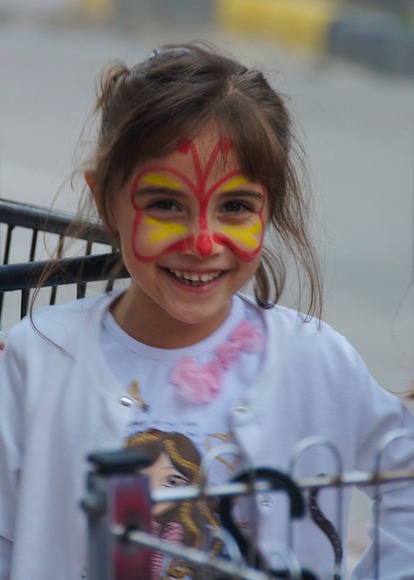
The toll card (“karte”) purchase was more complicated; natch. We had looked on line and had some places to start, but none of them seemed to have the cards any longer. So we kept asking and were sent various places, until someone practically led us to the post office. Those folks knew what we wanted – only it wasn’t a card any longer (that you put into a machine to get the bar raised so you can enter the toll road). Now it was a sticker that goes on the windshield. So, after using a book of pictures the guy had and pointing to what the Tiger sort of looked like, and having him check our International Driver’s Licenses (first time they’ve ever been used), it was determined what kind of sticker we needed.It cost us 50TL (that’s Turkish lira = 1.80/dollar); we still don’t know if the sticker was free and the whole 50Tl went into toll charges, or if he took out some for the sticker cost. But off we went.
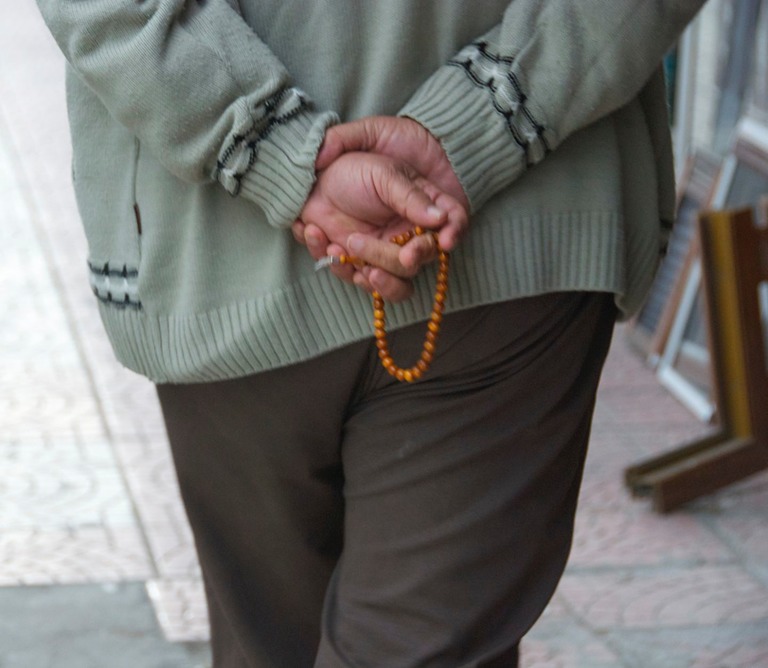
We’ve been using the thing for a month now; sometimes the entry gate will acknowledge us, sometimes we’re ignored, but we’re always allowed through; and it has never told us how much is left on the account… ah, well. The toll plazas also accept the cards, and some apparently accept cash; each booth is payment-specific, so you have to get into the correct line each time. This is all an evolving system here. Travelers from four years ago talk about using change at the toll-booths while those from three years ago used the card system and now they’re selling the stickers, but the toll plazas all still have lines marked for both cards and stickers; who knows, maybe there are cash lines too. Life in a developing country. Now, we don’t use toll roads often, preferring winding country roads most of the time, but in Turkey there are areas near the bigger cities where you simply cannot avoid them.
After all this hooha, we needed ice cream. We went into this open-air parlor – and immediately were greeted as long-lost friends who could do no wrong. We had ice cream (the best ever), were gifted with pastries and desserts and huge grins and lots of excited gestures, all from the owner who spoke just a little English, and at a total cost of 5TL (about $2.75 US). We don’t know what we actually paid for, probably the ice cream. After we’d already paid and were on the way out the door, Rick noticed some pudding-like desserts and expressed an interest in them; immediately two were placed in a bag and given to us at no charge. And that’s our Turkey. We immediately fell in love, and haven’t changed our minds since.
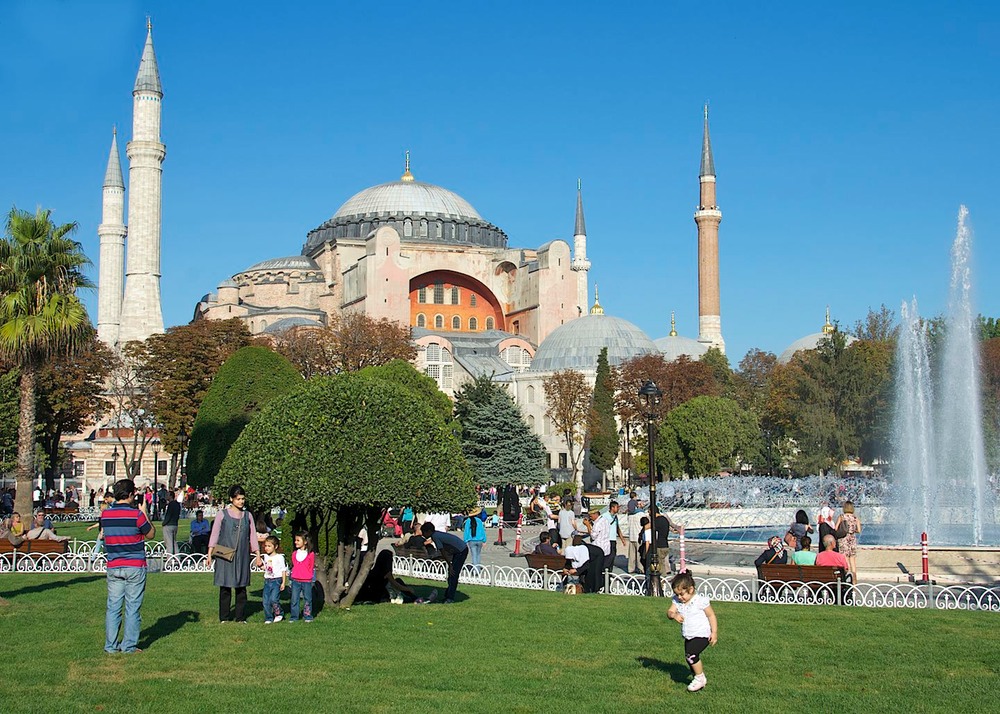
We finally got out of town and down the road a piece; we stopped beside a pretty lake, with the idea of staying the night. Shortly we were visited by a military patrol who politely showed us how close to their installation we were. So we wandered on a few more miles, noticed a side road heading for a town not too far away, and settled ourselves in a grove of trees for a quiet night, the first of many.
In the morning we continued on, soon stopping beside a roadside wagon with watermelons for sale. No one was at hand, so I wandered over to a nearby little store that had a couple of fellows sitting outside with their morning coffee. No English, but one guy got on his cell phone. Soon he gestured at us to just take a melon and not worry about it. We figured out that the “seller” was somewhere else and it wasn’t worth the trouble to come this far just to get a couple of shekels from us. Too cool, and not the only time this has happened. One day a lady just gave me my 3 tomatoes; she was selling them by the kilo and I was not worth the bother.
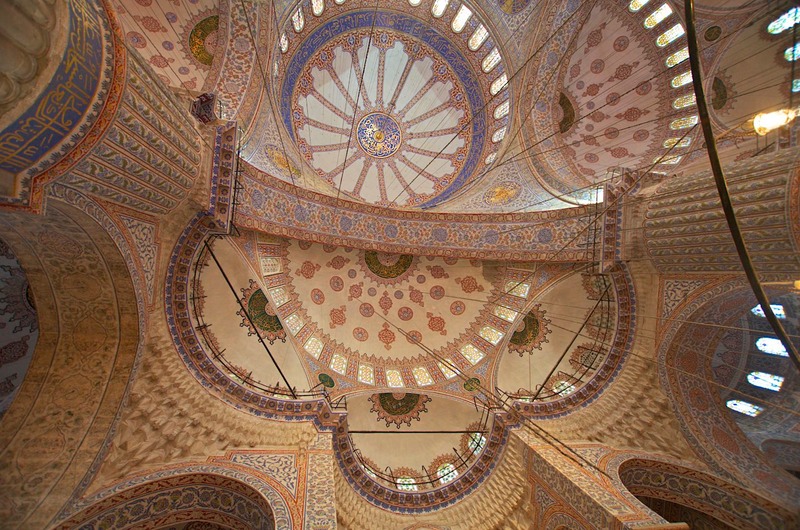
Entering Turkey, we had an overall plan for our visit. A very brief picture of Turkey will help. It has been described as a camel: the head lies in Europe, but the entire body lies in Asia (Asia Minor, if you remember your high school geography; do they still call it that?); the neck is the area around Istanbul.
Istanbul lay in our immediate path, but we had figured we’d be better able to enjoy the city with a few weeks of countryside and smaller cities under our belt first. So we thought we would just skirt around Istanbul and come back later. Well, how naïve was that! That “neck” I just mentioned is long and skinny and filled with about twenty-five million people. And it was now Friday afternoon. Turkish traffic is worse than most; I’ve heard it described as similar to NYC in rush hour – with terrible signage. So you get the picture. After being stuck in horrid traffic jams for long enough, we said to hell with it; “we’ll just stay here.” Actually, that’s the laundered version. What really happened was that Rick said, “… if you think I’m ever coming back to this F%#@ing place, you’re nuts!!! If you want to see it, see it now!”
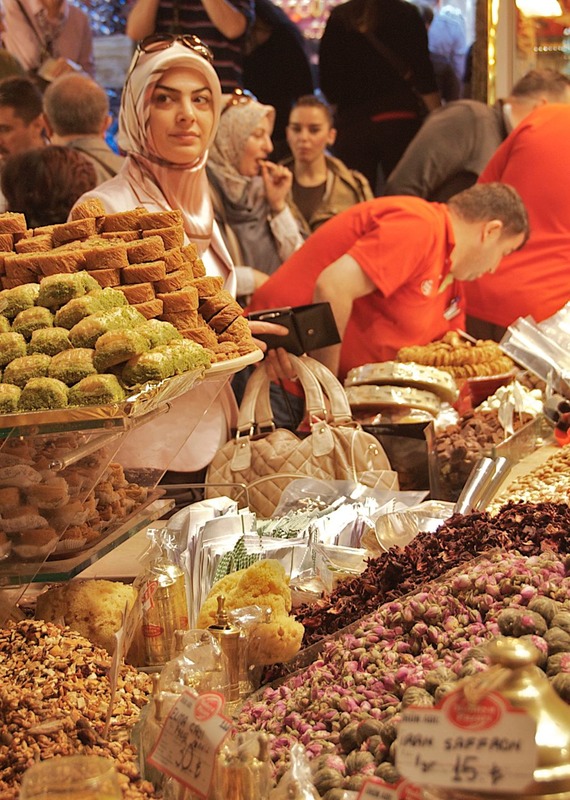
So we followed the directions and coordinates we had to a parking lot in a tremendous location right along the Bosphorus and within sight of the Blue Mosque. It was just plain wonderful. We stayed three nights and spent two full days enjoying Istanbul. It was not nearly long enough and we know we want to come back (mutter, mutter). The parking lot, by the way, was just great, manned 24-hours a day by guys who enjoyed having us with them. Other motorhomers came by, all worried because they didn’t think we were safe and they were staying up the street in a newer lot where there was a FENCE and a GUARD and a DOG. You get the picture. But we were where the locals were having picnics on the lawn next to us, and guys were working on their boats, and folks were walking through to the café nearby; we loved it. And we felt quite safe.
What to say about Istanbul? It’s an incredible city. So many sights were close at hand that we mostly contented ourselves with them: the Blue Mosque, the Aya Sofya, the incredible archeology museum complex; not being big on palaces, we had decided to give a miss to the Topkapi. Maybe another time. The first day, after walking our feet off, we stopped by a park and ate freshly cooked corn, pretzels, a lovely orange and pomegranate juice drink, and topped it off with popcorn. The place was full of couples and families, a young bride and groom were having their pictures taken on a bridge over the pond; great entertainment.
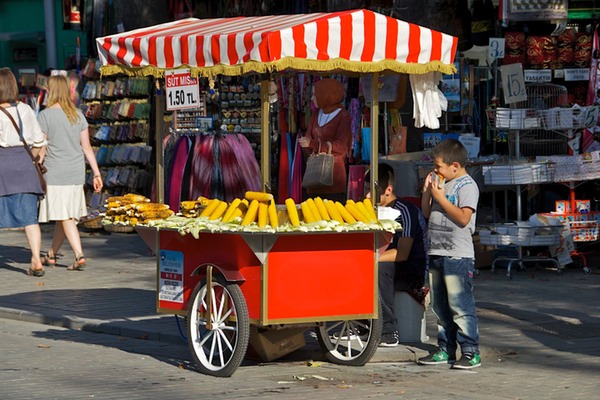
We had promised ourselves a visit to the Sirkeci train station, which required successfully mastering the tram system. It’s a great station, built in the early 1900s and home to the Orient Express. We enjoyed it, evoking the name Agatha Christie at times to set the tone. We also took the bus out to the Kariye Museum, a Byzantine church with incredible frescoes. Public transportation is an adventure all by itself, of course; we enjoyed it but were always glad to be back on our own.
Come Monday morning we gently maneuvered ourselves out of the old city area, across a bridge over the Golden Horn, then across the Bosphorus – into Asian Istanbul. We’d left behind a charming, difficult, much touristed area that we had loved; but we were ready to be someplace quieter. Like women having second babies, we’ll probably be back.
After what seemed like about a hundred miles, we eventually escaped Greater Istanbul, then stopped for fuel; the nice fellow gave us the “local” price – and then washed the truck for free. Now how’s that. Feeling groovy, we stayed on the toll road for awhile longer, then headed due north, up toward the Black Sea coast, looking for a different Turkey.
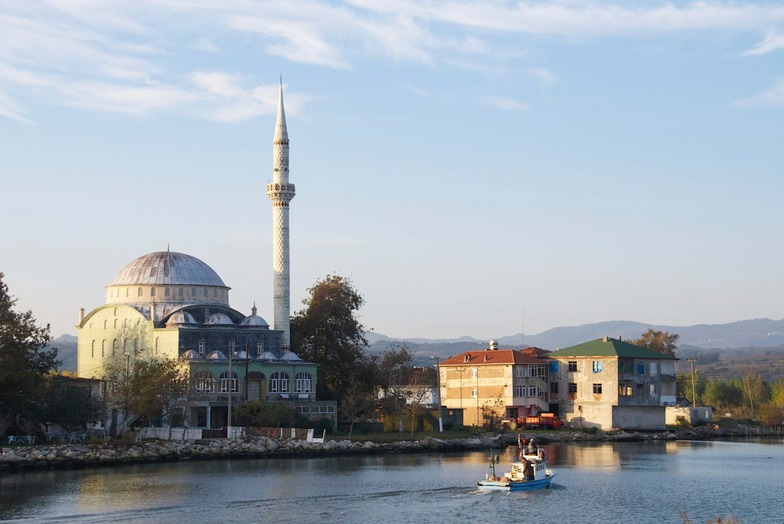
Our trek up to the coast was uneventful, and we wandered into the village of Melenağzi, where we settled in for the night along a spit of land extending out from the small harbor. It was lovely and quiet, and we watched the fishing boats going in and out. And then came the call to prayer. It was a revelation. To date, both here in Turkey and last year in Morocco, when we’ve heard this call, it’s mostly been a cacophony of competing overly loud, harsh voices, something to be endured; after waiting it out you pick up your conversation again. But tonight, the message floated out to us over the water, a single voice that was melodious and true; it was soothing and enveloping; entrancing. And then, silence… soon broken by the sound of a very proud rooster. Life in the country.
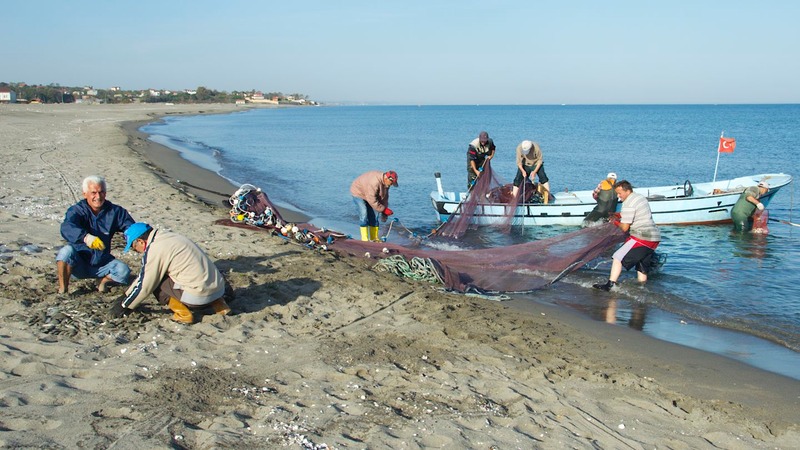
The next morning the fishermen were active in the cove nearby, having first spread a huge net and then walking along the shore as they gathered in their catch. It was a beautiful morning, they were fun to watch and were quite pleased at our interest. After lots of laughter and smiles, they insisted we take a bag full of the small fish they were catching. It was great fun and a terrific welcome to the coast.
The next day we made a short trip back inland to visit the ancient Ottoman town of Safranbolu. Upon arrival we quickly realized the UNICEF-protected site was less interesting than we’d hoped. The Ottoman houses are picturesque, but much tourism had intruded into the charm, and we’d seen many a more rewarding town in other areas. So we didn’t stay very long, although I did investigate the possibility of purchasing some saffron (a local specialty, although they said the best stuff came from Iran) until I found out its exorbitant price of $25/gram; I think not!
We quickly retreated back up over the mountains to the northern coast, where we happily wandered for several days seeing the local beaches and harbors and even some cool Roman rock art in the mountains near the resort of Amasra (thanks for that, Jack Cooley).
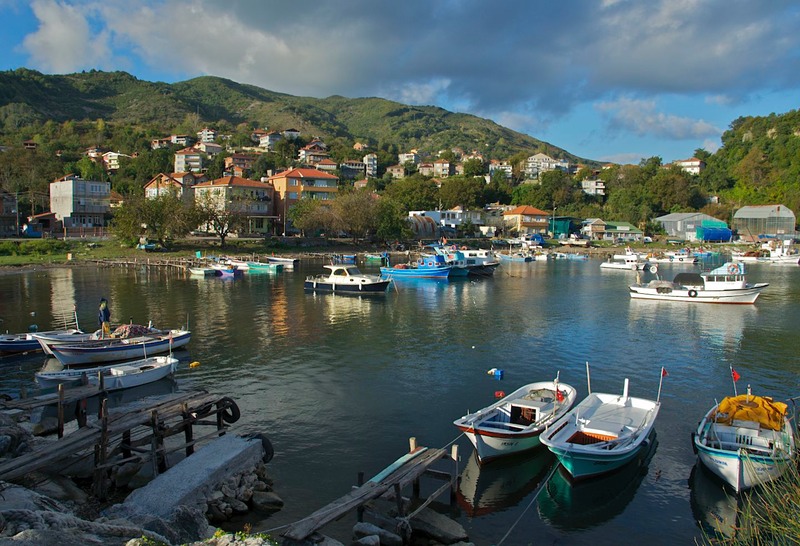
A small rattle at the front of the truck was quickly becoming a major annoyance. Fortunately, we had information from other travelers about an Otobazar in Sinop, not too far ahead of us along the coastline, so we decided to check it out. An Otobazar is a sort of industrial zone with lots of vehicle repair shops, tire places, etc. We drove into the area and stopped in front of a likely place. Hasan and Ufuk at Sinop Otomotiv took good care of us, offering çay (tea) while they got to work. Well, the front wheel came off the ground and immediately went all wobbly. Rick’s jaw dropped open and concerns mounted all around. Turned out to be a failed wheel bearing and the guys took it apart and drove off with the offending hub to another shop where a new bearing could be pressed in. Whew! This is yet another example of how things get done in out of the way places. The only way to buy that part from GM is to get the entire hub assembly. The fellows knew that and explained it to us, but as no such assemblies were available a substitute repair was made. In the end, we brought new hub assemblies with us from the US the following spring, but this repair allowed us to continue our travels and avoided our being stuck while waiting for parts. The original cause for the stop was a need for new bushings in the front shock absorbers and those were taken care of as well; we were on the road by about 2:00. By the way, this was the second time those bushings had to be replaced, the last time was in southern Peru back in ’08; the Bilstein shocks are still good, but the bushings can be a problem.
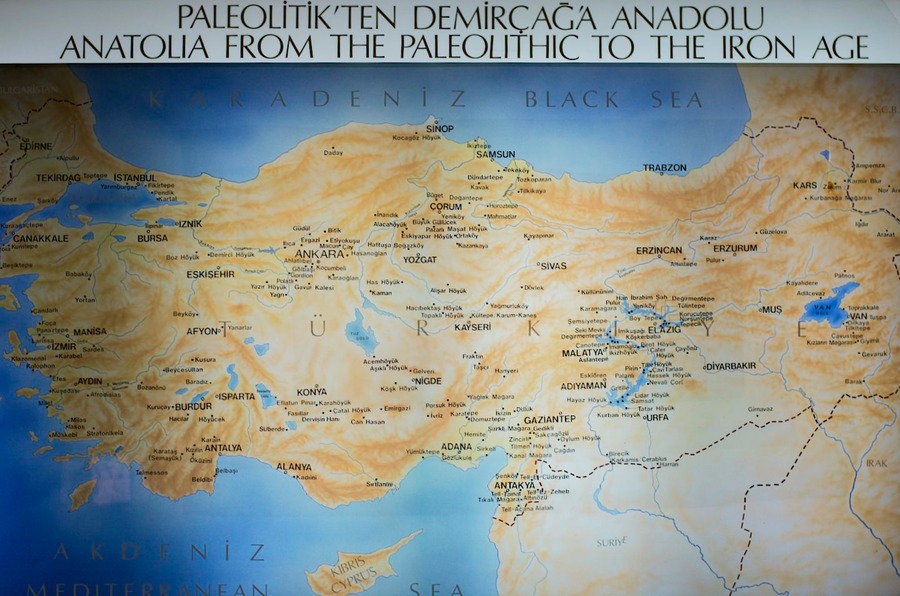
Squeek-squawk all gone, we made a quick grocery stop at the Sinop Ifa store (where the greengrocer and I conversed in French) and were back on the road, reluctantly leaving the Black Sea for this year. Up and over the coastal range again (the pass was almost 4500 feet), we dropped down onto the enormous Anatolian plateau – the heartland of Turkey -- where we remained for over two weeks. This is the agricultural center of the country, but also a vast open dusty and dry terrain broken up by the lovely river valleys that trace through the landscape. It was home to many ancient civilizations, and we were here to see a few.
We don’t want to try your patience by attempting to explain the various early peoples who once lived here – the Hittites, Phyrigians, Urartians, Lydians, to name a few – to say nothing of the Greeks and then Romans. Suffice it to say there were bunches of them, they lived here a very long time ago, and they left a lot of stuff behind. Burial mounds, cities, statues, little clay tablets, you name it and it was left behind here. Oh yeah, and both the Tigris and Euphrates Rivers rise in eastern Turkey; you remember? The Cradle of Civilization? All that good stuff? We hope to get there next spring. The point is that Turkey has an amazing history and, thanks to Attatürk, has wonderful museums all over the country to help tell the story. Fantastic.
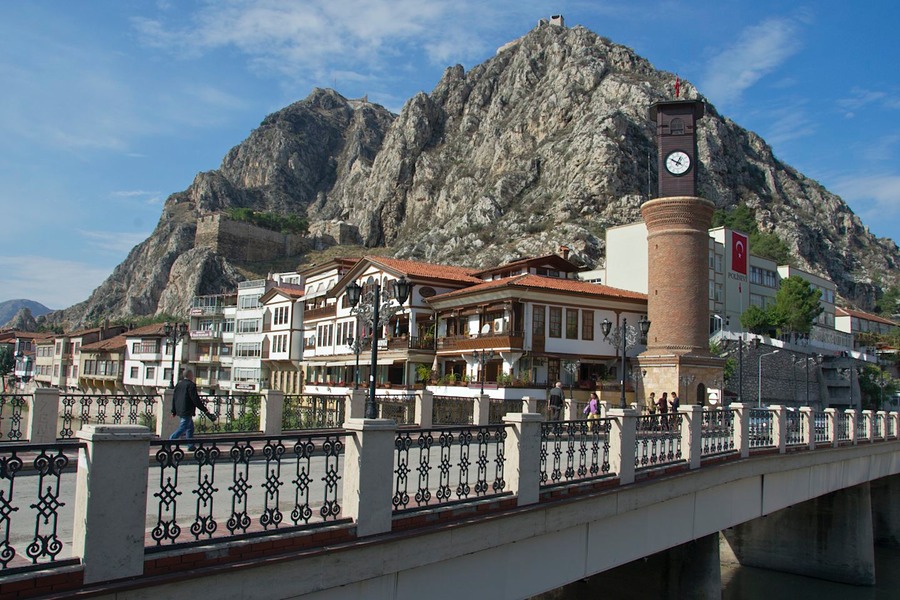
So there’s plenty to see and do and we loved it all. We visited the lovely, vibrant city of Amasya, an Ottoman town set in a gorge. Complete with castle on top, the really cool deal was these nifty rock tombs set high up on the hillside; quite a sight. We found a place to park right in the middle of town, surrounded by produce trucks (it was market day) and folks come to the big city to do their shopping. We drank it all in as we wandered the city for a couple of days.
We visited several mosques, getting a much better idea of what the routines are and what is expected of visitors. We were welcomed inside, allowed to take pictures, and encouraged to feel at home. I wore a head scarf, we took off our shoes, and tried to fit in… with some success. These were old buildings, dating to the 14th and 15th century, but still in daily use, not set aside for tourist visits. While we enjoyed the experience, neither of us ever felt really comfortable, and we took very few pictures. It just seemed like too much of an intrusion.
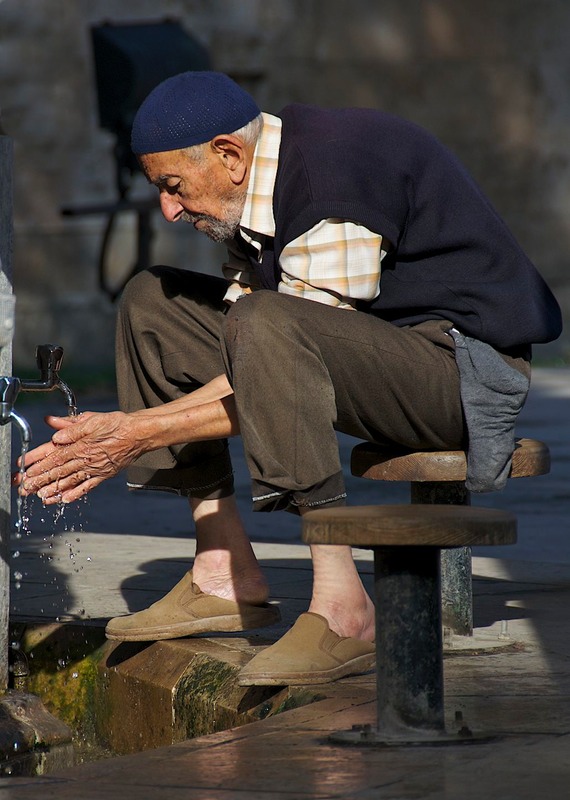
This is the first city we’ve been in where the “old part” isn’t set aside, and we’re right in the middle of the vibrant regular city life. We’d never seen men placidly washing their feet before entering the mosque to pray. After they emerge again, if they have time many of them sit and chat with their friends, with their beads constantly moving through their fingers. They also like to walk along, talking, with their hands behind their backs, still moving the beads along.
At one mosque, a couple of elderly gents were chatting outside, and they were very interested in us. They shared bread and walnuts with us (grown locally and supposed to guarantee good health), happily posed for pictures, and asked that we mail a copy to one of them. It was a charming exchange.
I noticed that the great preponderance of men’s shoes left outside the doors were slip-ons. We enjoyed wondering if in Islamic countries there is a relationship between shoelaces and mosque attendance…
Here, quite a bit further east than Istanbul, we are noticing that fewer women are covering their heads as a matter of course. We couldn’t tell if the rest were tourists, or what. We simply took note. In Istanbul head coverage was universal, although other than the scarf, and a long duster-style coat worn by all, the women were extremely modishly dressed. Here everyone looked more “country-ish.” I will say that throughout Turkey women have been out and about on their own, without male accompaniment, which I believe is different than in some other countries. We’re still learning about all this.
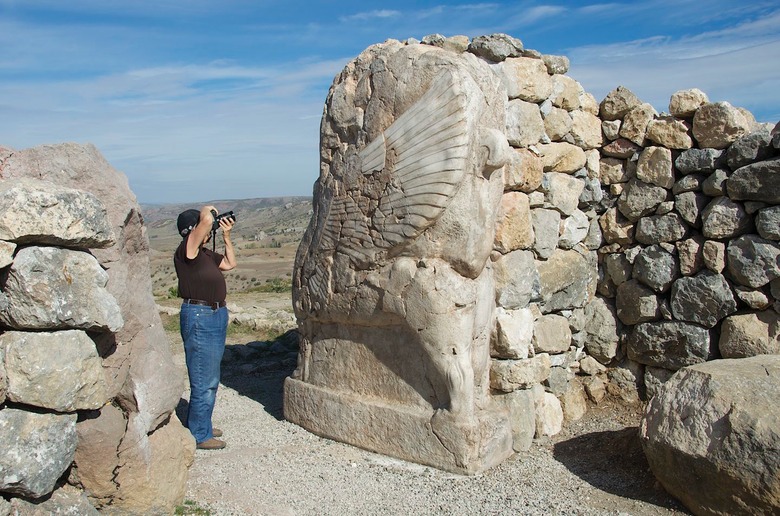
I find I’m better able to enjoy the call to prayer now, even in a city. It’s the competing voices that make it unpleasant. So I try and isolate a single thread and filter out the rest, and then I can enjoy a softer, more distant, quite melodic sound, and it becomes quite pleasant.
Finally leaving Amasya, we started west, towards Ankara, looking for a historic site, the Oluz Mound, along the way. We never found the Mound, but in the countryside we saw villages where cows were being slaughtered. We thought it must be in preparation for the winter, but found out later it was the first day of a religious festival, and that the slaughtering was ceremonial…also probably because winter was coming!
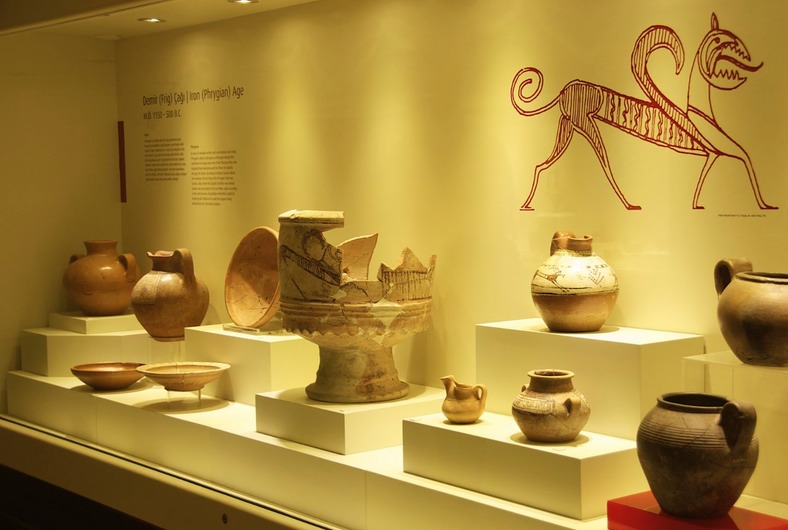
Before reaching Ankara, we visited two amazing locations. The first was the area around Çorum, with its excellent museum and surrounding sites. It was here that we first learned about the Hittites, and were able to see some incredible finds that were discovered nearby. The next day we traveled to Hattusa, the capital of the Hittite people, and visited several locations in that area. We are finding that Turkey is filled with these great spots, often in very remote areas. We’re thoroughly enjoying ourselves, climbing over rocks and through narrow defiles, checking out burial mounds and old walls with sphinxes standing guard over the ruins within. It’s all very atmospheric. The most amazing thing to us is that these ruins we’re walking around were as old at the time the Romans came to this land as the Roman ruins are to us today. Say that slowly a few times and let it sink in. It’s really cool. The museums in the area have great information to share, usually with English as one of the languages used. Many of the best finds have been taken to other museums, either in Europe or Ankara or Istanbul, but there are always plenty of exquisite gems to keep us happy in these lovely local museums.
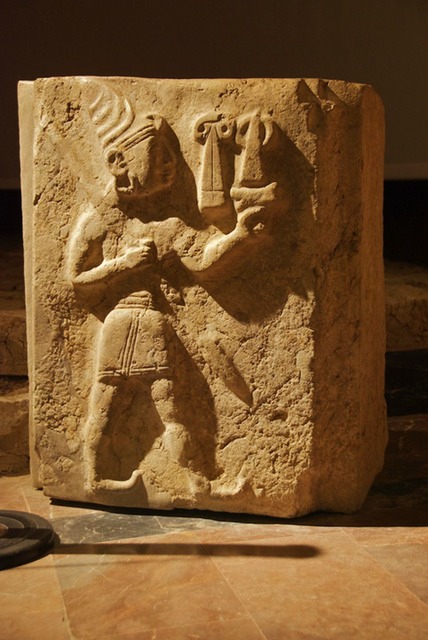
It is becoming ever more difficult to try and explain what food product I’m looking for in the small neighborhood groceries we are often using these days, as really nobody speaks any English. I was looking for butter but wasn’t able to explain myself; Rick finally suggested I go “moo” – and it worked! The lovely gentleman’s face lit up, he guided me to the right spot, “mooed” right back, followed by a big laugh, and pulled his favorite kind right off the shelf for me. Another great moment.
And then on to Ankara. We were looking forward to our visit, even though we didn’t have lots of things in mind. Ankara is home to the touted National Museum of Anatolian Civilizations, and we wanted to see and learn more. So we drove into this, the capital of Turkey and reportedly the most modern city you can imagine (in contrast to Istanbul, which is ancient, chaotic and a total mess). Well, two things: Ankara may be modern, but “chaos” is definitely its middle name. Almost as bad as Istanbul. Rick groaned.
But what made it worse was that we had unknowingly arrived on Republic Day, a holiday and very similar to our Independence Day. And worse yet: the city was out in force, marching and demonstrating and causing a huge uproar right in the old area of town where the museum is sited. We quickly knew we wanted out of there, and managed to inch our way past the demonstrators and police in riot gear. (We learned later that pepper spray and water cannons were finally used to stop the hullabaloo.) We had known nothing about these holidays but later learned that Republic Day was the culmination of a five-day civil and religious festival that began on the day we saw the cows being slaughtered. We perhaps don’t qualify as ‘Accidental’ Tourists, but how ‘bout ‘Oblivious’?
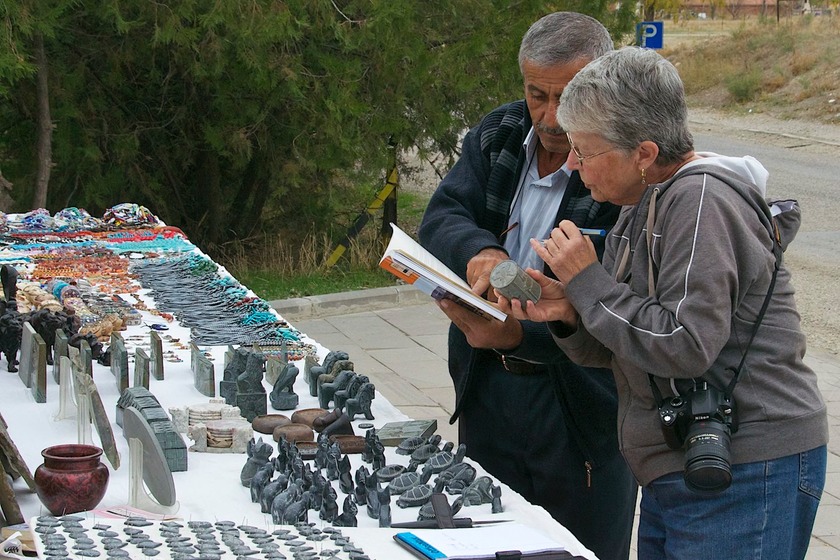
So we got out of town, and headed for the small community of Gordion, about 40 miles away. Yes, home of the Gordion knot. But more importantly, the site of a very important burial mound and other assorted cool things, mostly Phyrigian. You know, they came after the Hittites. We had a lovely time. You can get into the mound and see the actual tomb (of King Midas, himself), and there’s a very nice museum, along with an active archeological site nearby. As with all the museums we’ve visited so far in Turkey, this one had recently been renovated, with excellent lighting, nicely placed artifacts, and new explanatory plaques in both Turkish and English. Even better than our museum experience, we made the acquaintance of a stone carver, Faruk, who shared a lot about himself while we admired his wares. A nice, quiet day.
And then we trekked back into Ankara, still chaotic, but no longer filled with Turks waving red flags and marching on the government center to try and get their cause heard. With difficulty we found a spot to park for the night (thank you, Vicki and Mark); it was at the police impound lot for the city. Not quiet at night, but great fun as we watched these amazing flatbed trucks come in, pick a car off their back with a crane and set it down neatly in a parking space. It was quite an operation. It seems that rather than bother with parking tickets or wheel clamps, these trucks simply pluck the offending vehicle up and carry it back to the impound lot to await the chagrined owner. You had to see it to believe it.
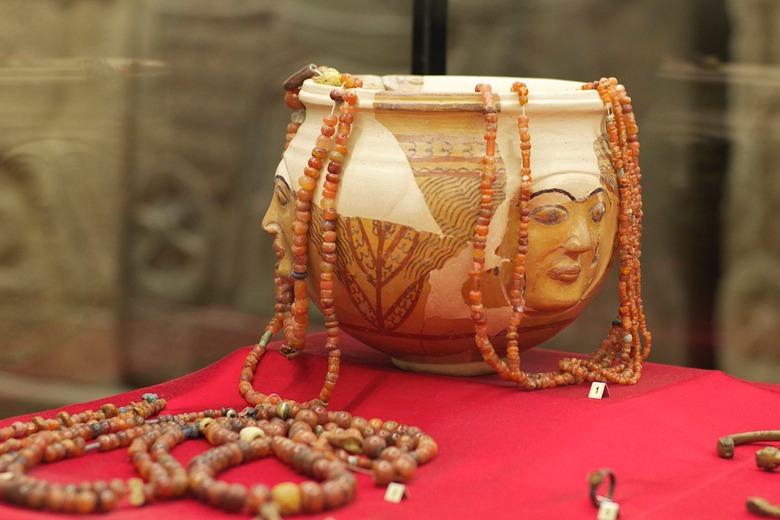
We trundled ourselves up the steep hill (fortress on top) to where the museum was, and spent a nice couple of hours poking around.Sadly, a significant portion of the museum was closed for renovation, but we made the most of what was available. We saw originals of “goodies” we’d seen copies of out in the hinterland, along with a whole lot more. At times, the sheer quantity of examples of statuary and reliefs (for example) was almost overwhelming. We were very happy we’d already been to several of the areas represented; we felt better prepared to enjoy and learn from our time here.
Just before reaching our home for the night, we walked through the edge of a market area. I noticed folks standing around a small car with its rear hatch open. What did he have for sale? Ah…Baklava! The most heavenly baklava we’d ever tasted. Sold by the box, and dripping with honey, he charged 5TL for half a kilo. Amazing stuff; we had to eat it up because it was oozing all over the counter. Oh My!
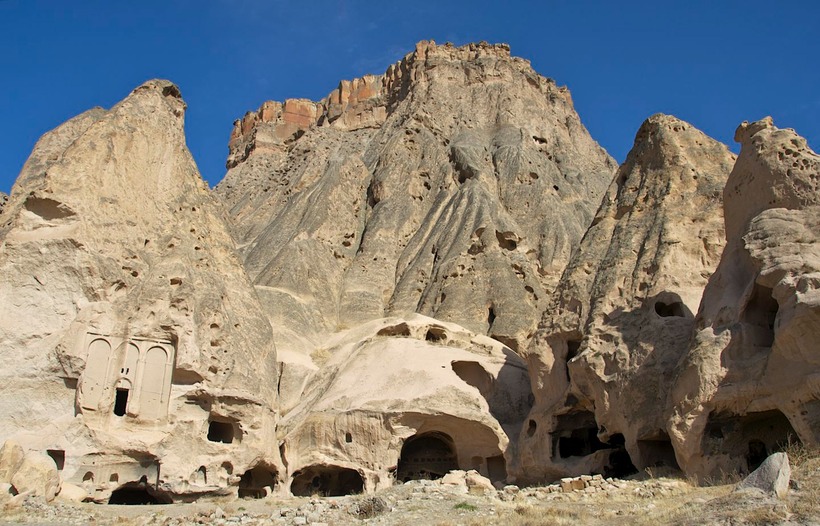
The next morning (by the way, it seems the previous day’s impounded cars had been claimed by now, making room for a new batch) we made our way out of the big city, stopping at a large mall for some “civilized” shopping (and lunch – I had some great Turkish stuff and Rick thoroughly enjoyed his first Burger King treats in ages). While at the mall we encountered a Turkish fellow who had spent several years in Toronto. We had a nice chat with Osman, and he invited us to come visit his home if we returned to Ankara next year. It would be lovely. By the way, it’s now late October. The mall was very heated; the Turks think it’s quite cold. We’re still in short -sleeved shirts.
From Ankara we headed for Kapadokya (Cappadocia), one of the most visited and most interesting natural areas in Turkey. It’s east of Ankara a fair distance, almost to the mountains that rise up and sort of divide eastern and western Turkey. We had heard a lot about it and were delighted to finally be heading that way. We weren’t disappointed.
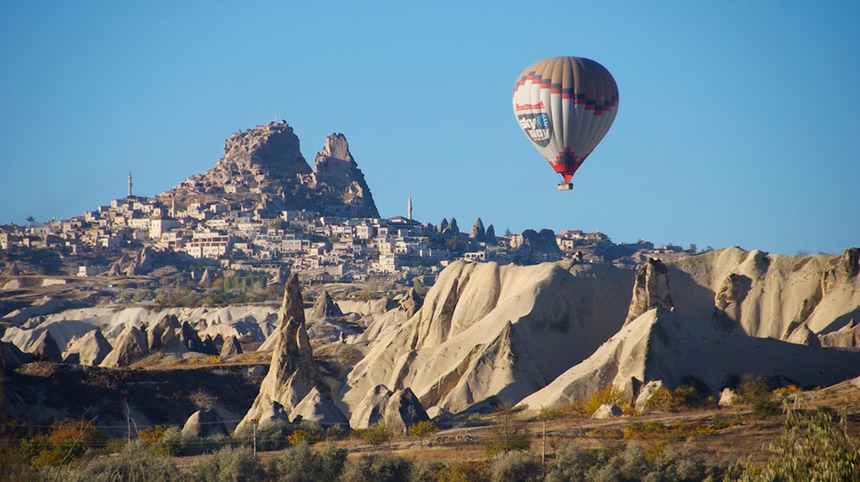
The area is filled with amazing natural formations; for us this was the treat. We were reminded of Utah but without the bright coloration. Erosion is the cause of it all, of course; this is historically a volcanic area, and some of the resulting soils are quite soft, leading to differential erosion. Amazing sights. We took tons, absolutely tons, of pictures. It was clear and warm, and we pulled off into the desert each night and made a spot for ourselves. One morning we were awakened by the sight of about 10 hot air balloons floating along above and around us.
The other cool part is that over the centuries, starting in prehistoric times but continuing until today, people have carved out homes for themselves in the caves that have formed. And churches and monasteries, many with fascinating frescoes. So there’s a lot to see. We wandered the entire area, seeing many of the more famous spots but also searching out more remote and less visited areas. It was a great 4 days. We didn’t see it all, but thought we’d not missed much. We drove over to Kayseri, the regional capital, for our last day in the area. There’s a very nice museum in Kayseri, highlighting the archeological sites nearby. For the first time, however, we were visiting a museum that had not been recently upgraded. It did not detract one whit from the quality of the displays, nor did it affect our enjoyment of the visit. But we certainly noticed the difference.
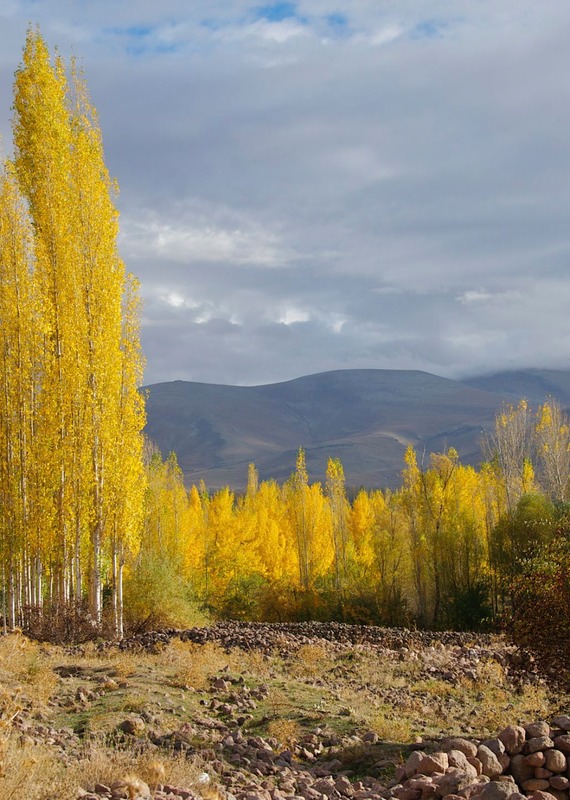
But now it was November 4 and our lovely weather was soon to come to an end. So we headed for the Mediterranean Sea, about 200 miles due south. We didn’t have to run pell-mell; we had a few days to enjoy the countryside. It’s the end of the fall color now, with all the trees yellow and red and losing their leaves quickly. The soil is light brown, and the combination of colors is warm and inviting.
We dropped down Highway 805 as far at the Niğde area (where we had earlier visited a fascinating monastery, the Eski Gümüsler, cut into the rocks). From there we turned off onto a secondary, scenic road (51-2) that went a ways east and then dropped down through an incredibly lovely valley. The colors of fall were at their best here, along with pine trees that reminded us of the Sierra Nevada Mountains. They grow apples here, and the trees were yellow and orange and red. The major town (just a village really) is Kamisli. It was the prettiest place we’ve seen yet in Turkey. We spent one night parked among the trees, with a view out over a grassy field, and immediately vowed to return in the spring. We want to see the apple trees in bloom.
In the morning we joined the toll road south to the coast, straight down out of the mountains all the way to the sea. And suddenly encountered oleanders! Warm air! Citrus orchards, olive trees, vineyards and field crops! A whole new world. Another aspect of this tangled, multi-faceted country we call Turkey.
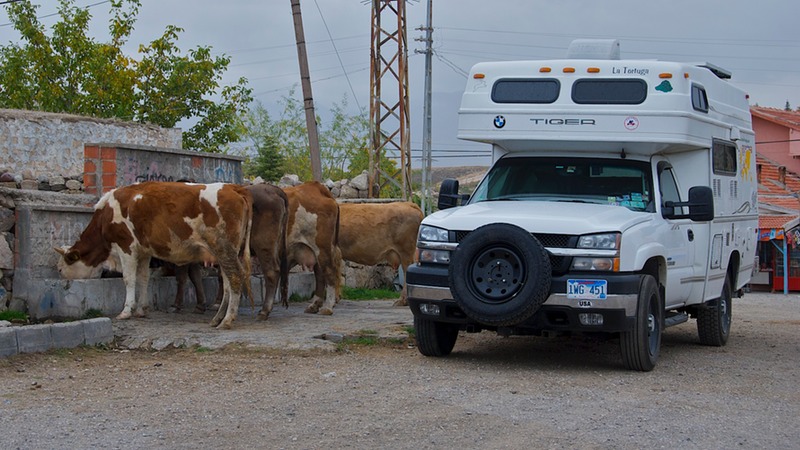
We’ve been told by many other travelers that Turkey is a true gem; a fascinating blend of history, beauty and wonderful, friendly people. It’s a terrific country to spend some time in and a very easy country to visit. Well, we can say amen to all of that. Because of the size of the country and the scope of the historic and geologic places to visit, Turkey takes some time to see. Factor in the 90-day visa limit and the harsh winter weather in the more mountainous eastern part of the country and you find there are lots of decisions to make in planning a long-term visit. So, we’re focusing on western Turkey this fall with plans to return in the spring, when we can head out into the eastern part of the country, all the way to Turkey’s borders with Syria, Iraq, Iran, Armenia and Georgia.Now, some of these areas will be off limits to us and we’ll just have to ask questions as we go and stay away from places we shouldn’t be, but there is so much to be seen and we hope to see just as much as we possibly can.
But for now we’re parked beside the water, with Roman ruins nearby and a storm raging around us. All is well.
Rick and Kathy and Tortuga the Intrepid, waiting her turn at a roadside waterhole.
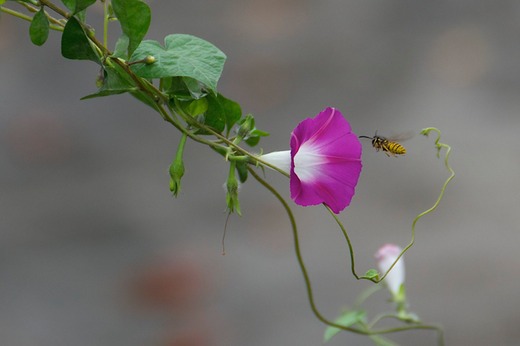
We’ve got a ton of pictures we’d like to share with you; about twice as many as usual.
Click to see more photos from Istanbul and the Black Sea
Click to see more photos from Anatolia and Cappadocia